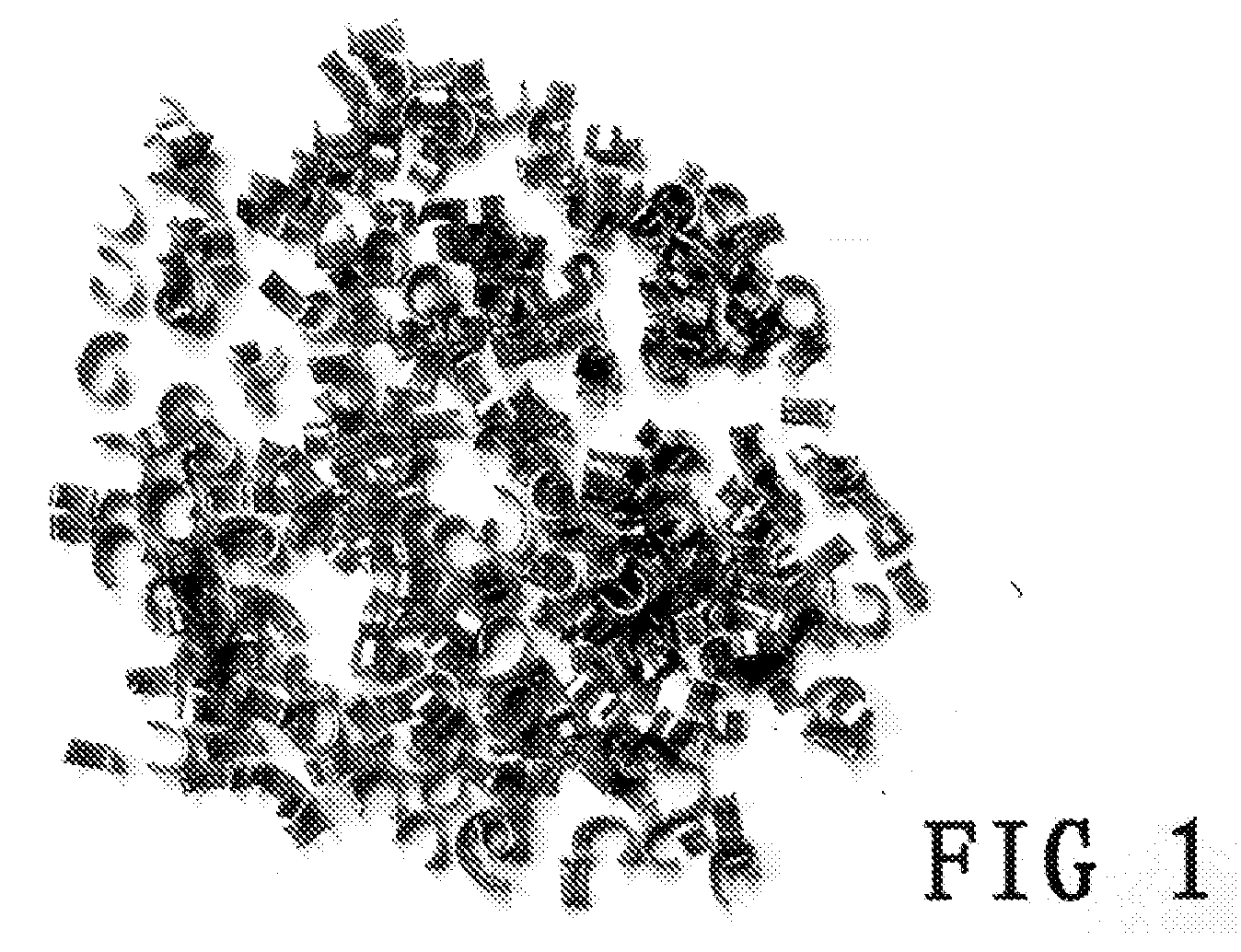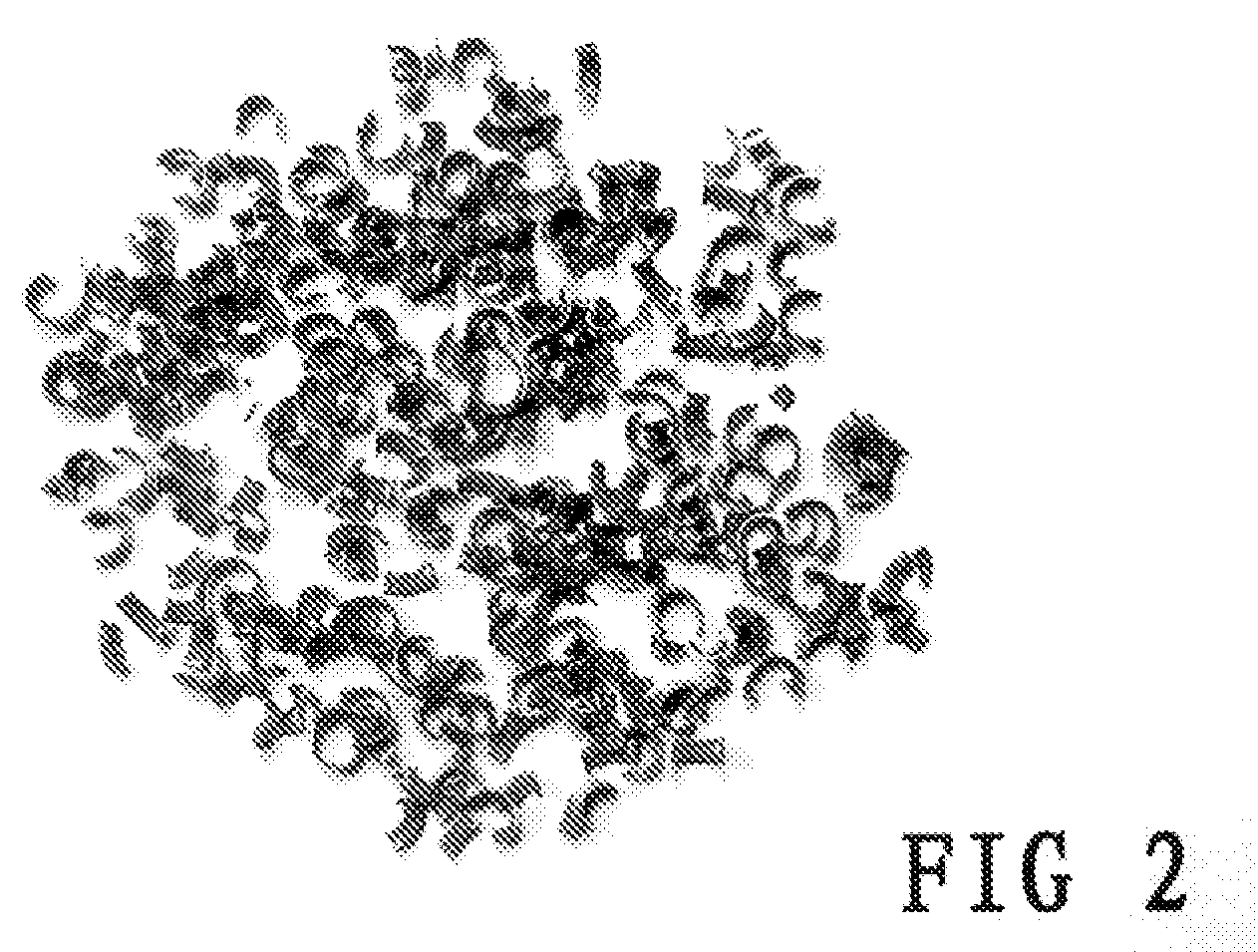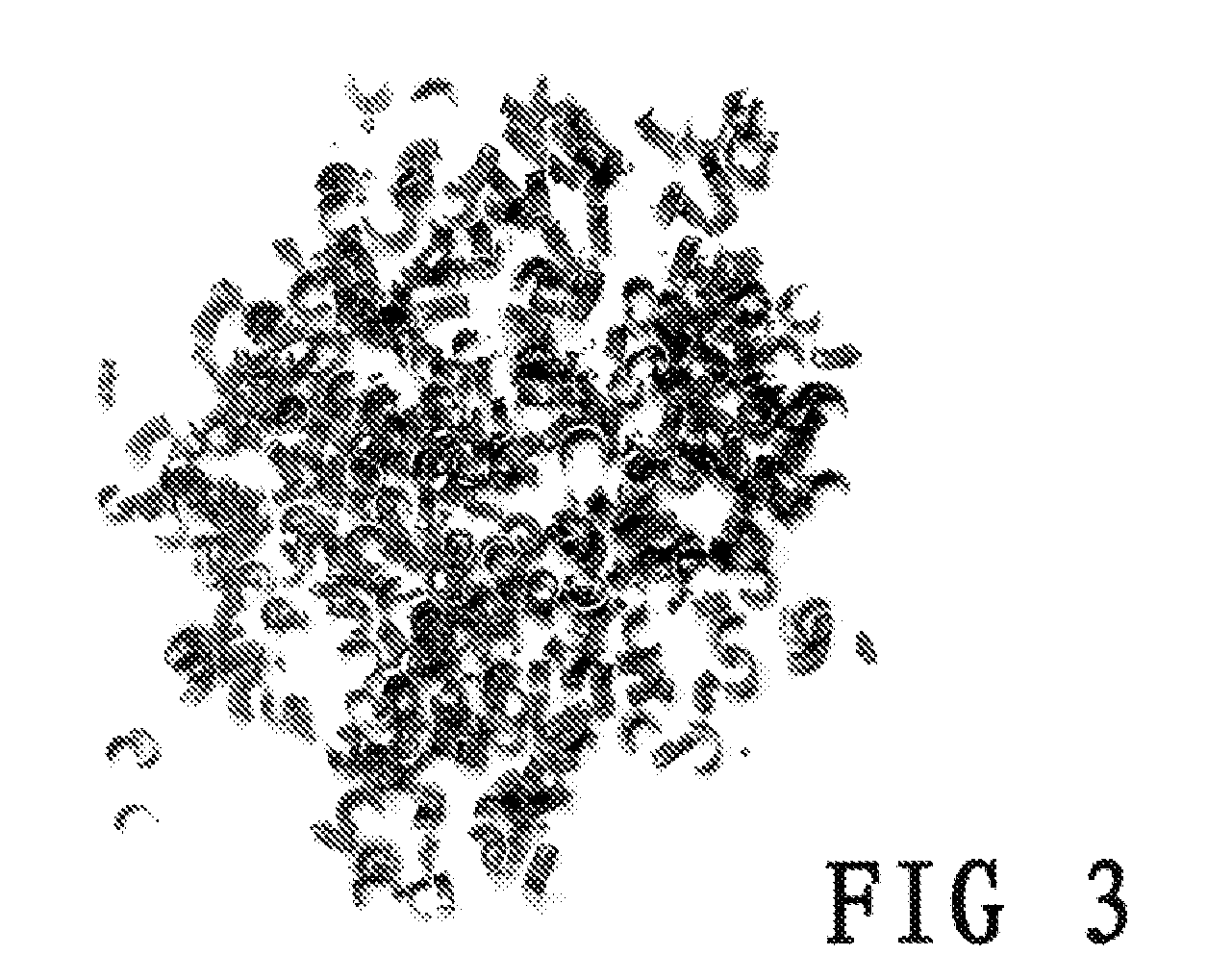Lead-free free-cutting magnesium brass alloy and its manufacturing method
a free-cutting, magnesium brass technology, applied in the field of magnesium brass alloys, can solve the problems of unavoidable pb contamination of drinking water, more harmful to the human body and the environment, and the contamination of the drinking water by pb
- Summary
- Abstract
- Description
- Claims
- Application Information
AI Technical Summary
Benefits of technology
Problems solved by technology
Method used
Image
Examples
examples
[0030]The alloy composition in examples is shown in Table 1. Some alloy ingot is extruded at the temperature ranging from 580° C. to 700° C. with an elongation coefficient of greater than 30 into bar materials. Some alloy ingot is forged at the temperature ranging from 590° C. to 710° C. to be spare parts with a complex structure for a water supply system. Some alloy ingot is remelted at the temperature among 990 to 1015° C. to make faucets by low pressure die casting.
TABLE 1Composition of lead-free free-cutting magnesium brass alloy (wt %)ExamplesCuMgPSbSiAlSnTiBReZn159.250.580.290.210.380.200.040.0004—Balance259.200.610.260.400.210.250.030.0003—Balance358.630.700.280.250.360.170.200.0030.00030.005Balance459.800.890.200.160.330.150.030.0003—Balance559.760.940.150.110.350.100.020.0002—Balance658.890.970.180.310.200.020.0002—Balance760.211.350.150.120.200.170.010.0001—Balance860.401.600.190.140.230.150.010.0001—Balance960.402.110.150.160.100.220.010.0001—Balance
[0031]The lead-free br...
PUM
| Property | Measurement | Unit |
|---|---|---|
| Fraction | aaaaa | aaaaa |
| Fraction | aaaaa | aaaaa |
| Fraction | aaaaa | aaaaa |
Abstract
Description
Claims
Application Information
 Login to View More
Login to View More - R&D
- Intellectual Property
- Life Sciences
- Materials
- Tech Scout
- Unparalleled Data Quality
- Higher Quality Content
- 60% Fewer Hallucinations
Browse by: Latest US Patents, China's latest patents, Technical Efficacy Thesaurus, Application Domain, Technology Topic, Popular Technical Reports.
© 2025 PatSnap. All rights reserved.Legal|Privacy policy|Modern Slavery Act Transparency Statement|Sitemap|About US| Contact US: help@patsnap.com



